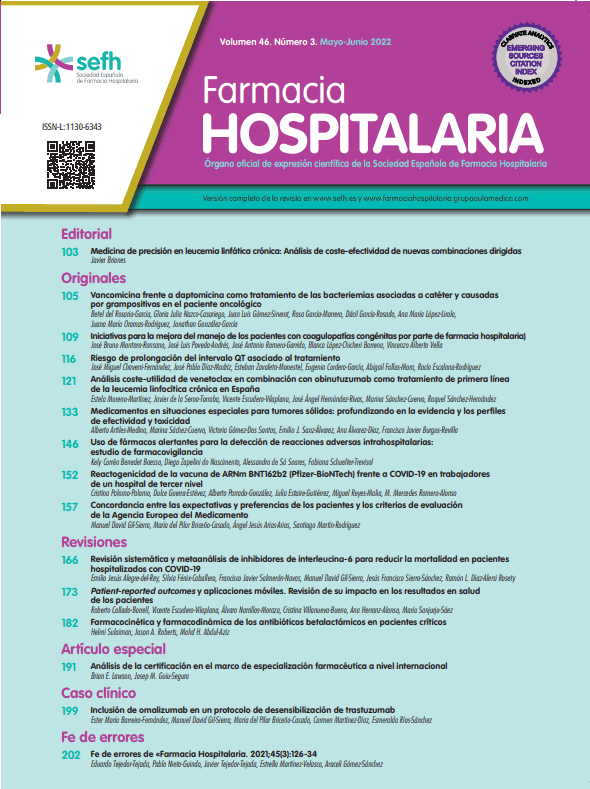La caducidad de las patentes de los primeros medicamentos biotecnológicos comercializados está dando origen a la aparición en el mercado de los medicamentos biosimilares. Éstos se definen, según la EMEA, como fármacos de origen biotecnológico que han demostrado ser comparables al medicamento de referencia, una vez que su patente ha expirado. Las modificaciones en el proceso de fabricación de medicamentos biotecnológicos o el cambio de tratamiento de una molécula biotecnológica a otra no ha sido tema de debate hasta la aparición en el mercado de estos medicamentos biosimilares. Es entonces cuando se ha polemizado, entre otras cuestiones, sobre los posibles riesgos de su intercambio con la molécula de referencia. Las guías publicadas por la EMEA, para la autorización de fármacos biosimilares, aseguran que éstos sean tan eficaces y seguros como cualquier otro fármaco nuevo de biotecnología que se comercializa o como cualquier otro que, estando comercializado, cambia su proceso de fabricación. Su entrada en el mercado promoverá la competencia y conseguirá disminuir el alto impacto económico que soportan los sistemas sanitarios, tras la incorporación de nuevas terapias basadas en el uso de medicamentos de biotecnología.
Patent expiry dates for early biotechnological drugs is giving rise to the availability of biosimilar drugs. According to the EMEA, these are defined as drugs with a biotechnological origin that have proven comparable to their reference product once the latter's patent expired. Modifications in the manufacturing process of biotechnological medications or treatment changes from one biotechnological molecule to another have not been debated until these biosimilar drugs have become available. It is then that, among other issues, the potential risks of their substitution for reference molecules became controversial. EMEA guidelines for biosimilar drug approval grant that these will be as effective and safe as any other newly available biotechnological medicinal product, or as any other drug undergoing changes in its manufacturing processes once marketed. Their availability will promote competition and reduce the high financial impact healthcare systems endure following the introduction of new therapies based on biotechnological drugs.






